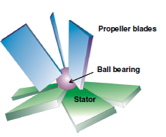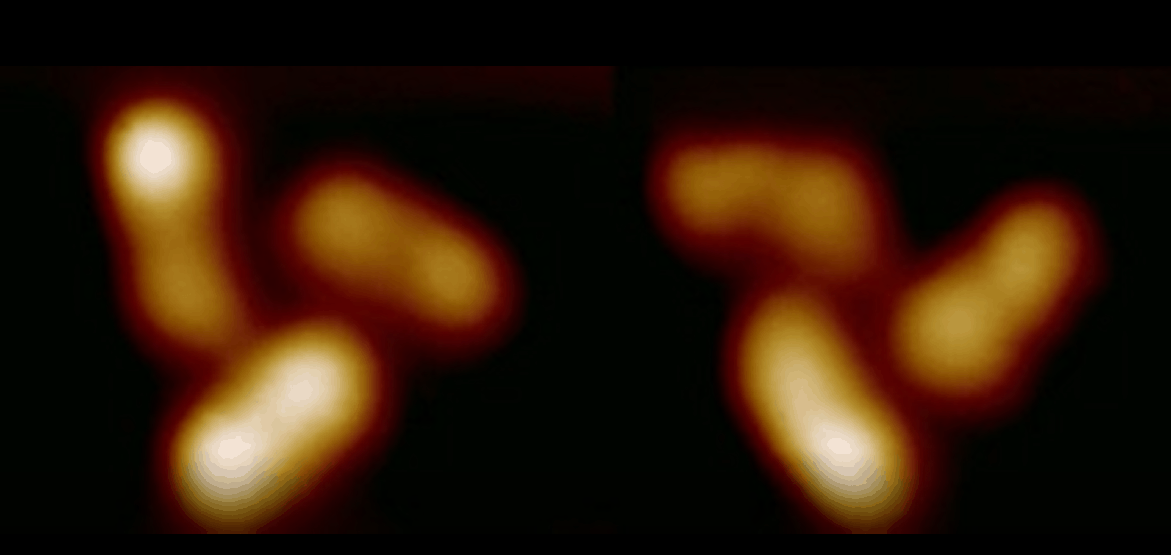Molecular Machine
The significance of miniaturizing machines found in the macroscopic world and developing functional nanomachines is evident by the 2016 Chemistry Nobel Prize. We collaborate with chemists in artificial molecular machines design and synthesis. In contrast of investigating the ensemble behavior of molecular machines in solution phase, SPM is utilized to operate individual molecular machines in the solid platform at single molecule level, and motions of nanomachines are systematically controlled. Nanomachines under investigation include but not limited to single molecule motor, unidirectional propellers, rotors network, and molecular transport devices on surfaces.
Nature Communications, 2019, 10, 3742

